Yahuan Cong
GenerTTS: Pronunciation Disentanglement for Timbre and Style Generalization in Cross-Lingual Text-to-Speech
Jun 27, 2023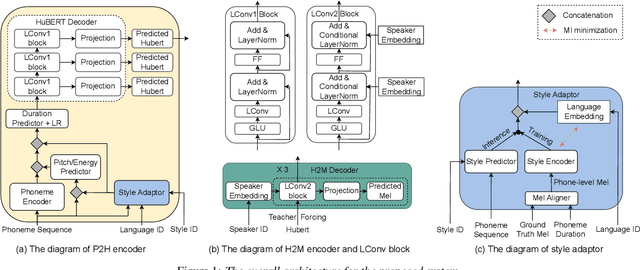


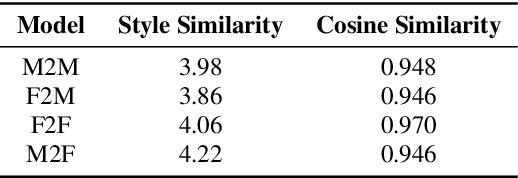
Abstract:Cross-lingual timbre and style generalizable text-to-speech (TTS) aims to synthesize speech with a specific reference timbre or style that is never trained in the target language. It encounters the following challenges: 1) timbre and pronunciation are correlated since multilingual speech of a specific speaker is usually hard to obtain; 2) style and pronunciation are mixed because the speech style contains language-agnostic and language-specific parts. To address these challenges, we propose GenerTTS, which mainly includes the following works: 1) we elaborately design a HuBERT-based information bottleneck to disentangle timbre and pronunciation/style; 2) we minimize the mutual information between style and language to discard the language-specific information in the style embedding. The experiments indicate that GenerTTS outperforms baseline systems in terms of style similarity and pronunciation accuracy, and enables cross-lingual timbre and style generalization.
Self-supervised learning for audio-visual speaker diarization
Feb 13, 2020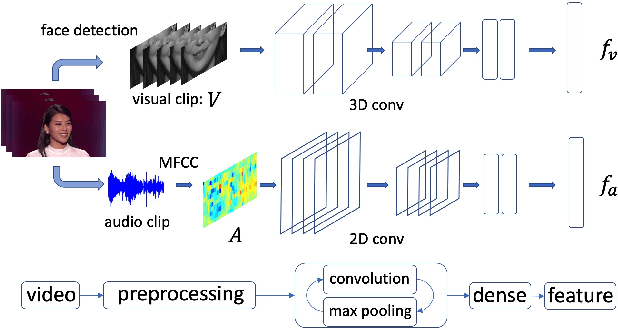

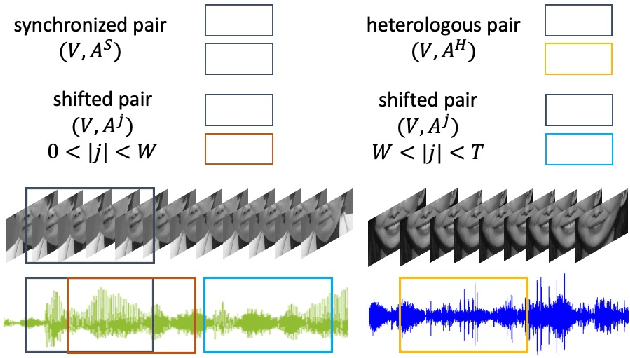
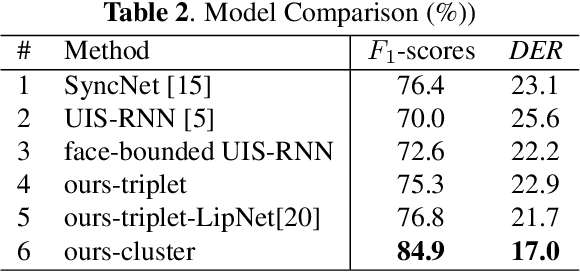
Abstract:Speaker diarization, which is to find the speech segments of specific speakers, has been widely used in human-centered applications such as video conferences or human-computer interaction systems. In this paper, we propose a self-supervised audio-video synchronization learning method to address the problem of speaker diarization without massive labeling effort. We improve the previous approaches by introducing two new loss functions: the dynamic triplet loss and the multinomial loss. We test them on a real-world human-computer interaction system and the results show our best model yields a remarkable gain of +8%F1-scoresas well as diarization error rate reduction. Finally, we introduce a new large scale audio-video corpus designed to fill the vacancy of audio-video datasets in Chinese.
 Add to Chrome
Add to Chrome Add to Firefox
Add to Firefox Add to Edge
Add to Edge